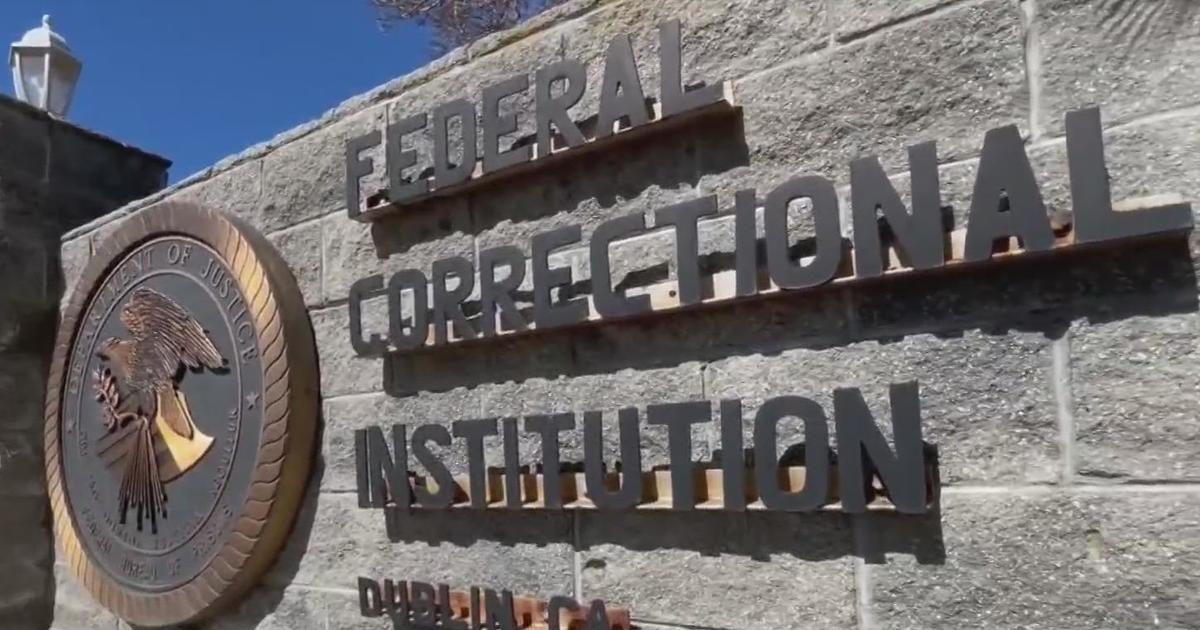Gov. Brown Budget Plan Gives Big Money To Close Education Gap
SACRAMENTO (CBS / AP) -- California schools will receive an infusion of more than $3.6 billion in extra money this year, much of it targeted to the neediest students as part of a redistribution plan pushed by Gov. Jerry Brown.
The Democratic governor hopes that dramatically reshaping how state aid is handed out will correct decades of inequality between districts. He also wants to give local schools much of the decision-making responsibility about how the money is spent.
Whether the additional money will actually help close the longstanding achievement gap between poor and minority students and their counterparts hinges almost entirely on how the money is spent. Yet just days before lawmakers are expected to begin voting on the budget Friday, there is little guidance for them to follow.
The Legislature, which is dominated by Democratic lawmakers with close ties to the state's powerful teachers unions, appears likely to avoid attaching rigorous standards to the extra money, possibly pushing many of the decisions regarding oversight and accountability to the appointed state Board of Education. That worries advocates for education reform.
"It concerns us that so many of these critical issues are being punted in some ways to the state Board of Education," said Arun Ramanathan, executive director of The Education Trust-West, which advocates for poor and minority children.
He said lawmakers need to include strict language in the state budget for fiscal transparency, parental involvement and accountability to ensure the money is spent as intended -- to directly benefit disadvantaged students.
"Without those three things, the public's going to say, `You gave a bunch of money to poor kids. What happened to it? And what benefits did it produce?"' Ramanathan said.
The new funding formula targets more money to the school districts with the highest concentrations of students who are from low-income households, have limited English proficiency or are foster children, the same schools where the so-called achievement gap is most acute. Schools with the highest proportions of black and Latino students have historically fared less well and had less money per pupil compared to those attended by whites and Asians.
The plan represents "a real step forward," the governor said this week after it was included in a state budget compromise he struck with the Legislature's Democratic leadership. Giving lower-performing schools proportionately more money "will strengthen local school districts, help poor kids and kids that have serious language barriers," he said.
He has said repeatedly that he believes it is unfair that students in less wealthy parts of the state go to schools with far fewer resources than students in more affluent areas, where parents can hold fundraisers or even pay out of pocket pay for extra programs and facilities.
In pushing for the updated funding formula, Brown argued that providing additional money to certain school districts is essential to equalize the state's education system and boost achievement for its 6.2 million public school students. More than half of California students are considered poor under state guidelines, while a quarter do not speak English as their primary language.
The formula Brown proposed and that the Legislature is poised to adopt later this week, largely unchanged, also calls for more of the spending decisions to be made at the local level. Schools could choose to hire more teachers, reduce the size of classes, buy new equipment or invest in neglected programs.
It is accompanied by $1.2 billion in one-time money for professional training, technology and instructional materials as the state implements a more rigorous English and math curriculum.
To win sufficient backing for the plan in the Legislature, Brown agreed to boost basic state aid for all school districts.
Most of the money Brown is using for his redistribution plan comes from higher state tax revenue, including from Proposition 30. The November tax initiative championed by Brown is forecast to bring in an extra $6 billion a year, most of which must be directed to education under state law.
Research-based theories abound on ways to close the achievement gap, and all involve more than money.
They include intensive early education, which California has defunded, extending the school day or the school year, hiring additional counselors and support staff, improving teacher effectiveness, greater parental involvement and tying teacher evaluations to student performance.
But without strong protections for the extra money, districts could instead opt to spend it on anything, from landscaping to teachers' health care, Ramanathan said.
Assemblywoman Kristin Olsen, R-Modesto, said she had been unable to get any details about the accountability plans by Wednesday.
"My perspective is that the more flexibility and control given to local school districts, the better," said Olsen, a member of the Assembly Education Committee.
"Certainly, it will be important for us to track how student achievement progresses over time. ... But schools will be most successful if they have the maximum flexibility," she said.
Still, Olsen said leaving the decision about what rules school districts must follow to the state Board of Education could leave districts in limbo for months as they wait for guidance.
Interest groups that represent school districts and their elected boards of education, as well as the powerful California Teachers Association, have urged lawmakers in memos to make sure that local plans are evaluated on "equitable and objective standards and metrics."
The groups say they will strongly object to any proposal that resembles "a punitive model that replicates the mistakes of No Child Left Behind," the federal initiative that included sanctions for schools that failed to meet performance targets.
Michael Petrilli, a conservative education policy expert and executive vice president of the Fordham Institute, said too many mandates from the state caused many of the problems that already exist in California schools, so the state Legislature should get out of the way.
"Hold schools accountable for the results and make everything as transparent as possible. The answer can't be to try to dictate and mandate the spending from Sacramento," he said.
(Copyright 2013 by CBS San Francisco. All Rights Reserved. This material may not be published, broadcast, rewritten, or redistributed.)



